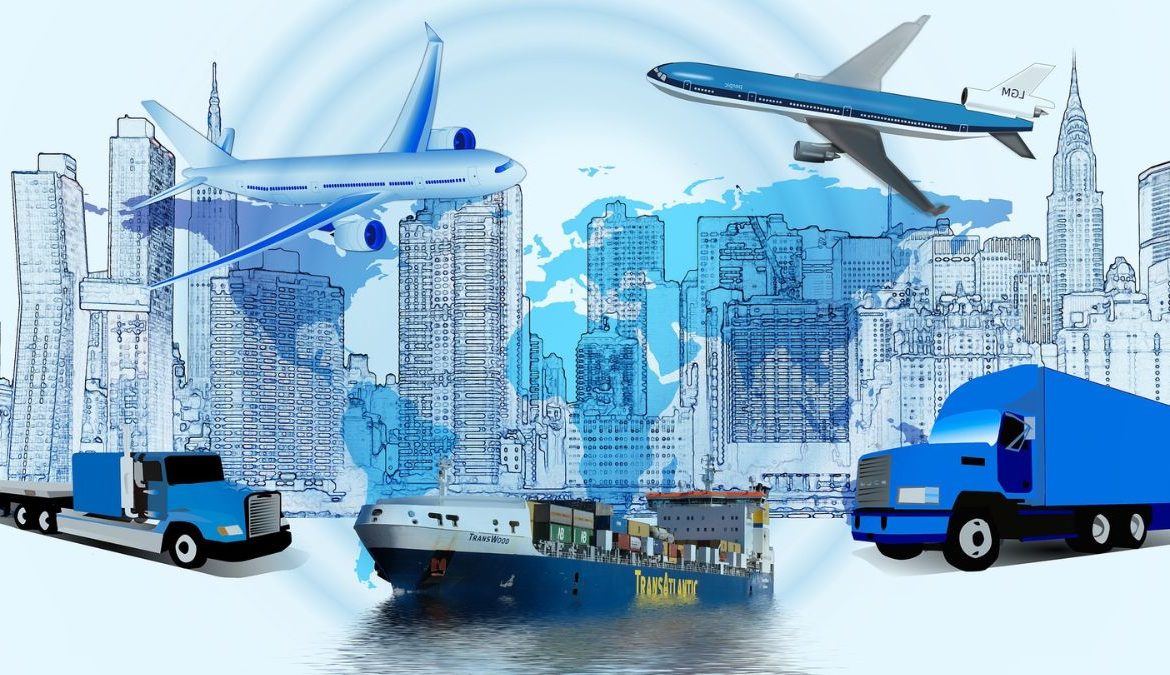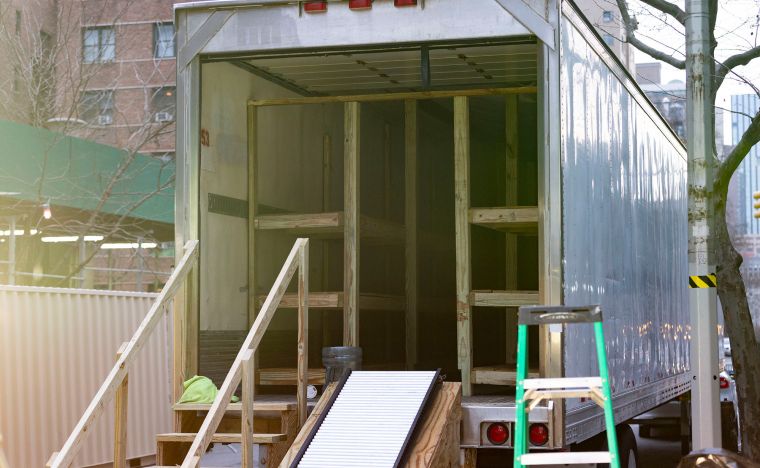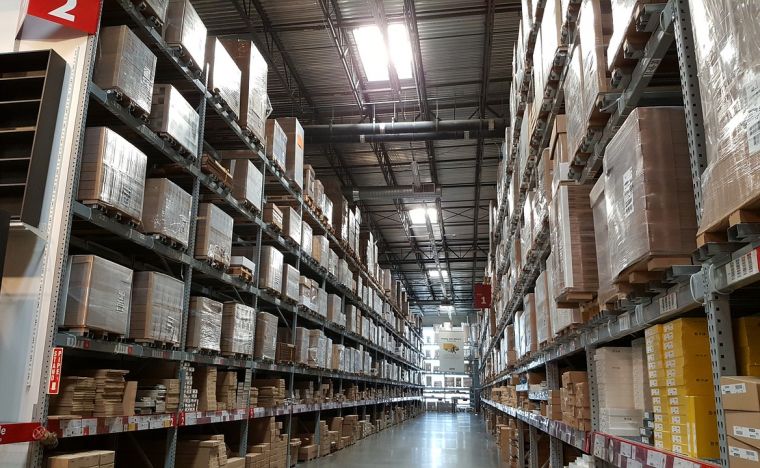When it comes to the world of trade, companies are always looking for ways to transport freight in the most cost effective and time efficient manner. As a result, transportation managers rely on efficient supply chain practices and different modes of transportation to ship goods. In order to build an effective supply chain it is important to consider the strengths and weaknesses of each mode of transportation. The best way to choose the best mode of transportation is by understanding what makes each mode unique from the others.
Different Modes of Transportation: Transport and Logistics
Plane – Air Transportation
Air transportation is the newest shipping method and the best choice if you’re looking for fast delivery. With several thousand airports and landing strips located all across the globe, air transport is also ideal for shipments that need to be moved quickly across long distances, such as overseas. Today, air transportation is the fastest growing and most time-efficient shipping mode. This has resulted in companies like Amazon and UPS purchasing their own fleets of planes to gain a competitive edge in the growing air freight transportation market.
Benefits of Air Transportation
- Speedy delivery
- Convenient for moving smaller shipments across long distances
- Reliable – fixed schedules
- Enhanced security measures keep packages safe
Drawbacks of Air Transportation
- Most expensive transportation method
- Restrictions on what can be transported
Truck – Road Transportation
Today, road transportation is the most commonly used mode in logistics in the United States and Canada. Road transportation is particularly suited for situations where loads are being transported across borders and for final mile delivery. In fact, trucking is the only mode of transportation that is capable of completing door-to-door deliveries. The two main forms of road transport include Less-than-Truck-load (LTL) and Truck Load (TL).
Benefits of Road Transportation
- Fewer restrictions compared to air or sea freight
- Easier to track than maritime or air transport methods
- Financially economical
- Highly accessible – extensive road networks
- Door-to-door transport
- Ability to adjust routes and timings
- Easy loading and unloading
Drawbacks of Road Transportation
- Takes longer than transport by air or sea – unpredictable weather can cause delays
- Size and weight limits
- Easier for criminals to target
- Risk of accidents and breakdowns
Cargo Ship – Sea/Maritime Transportation
Shipping products by water has been practiced for thousands of years and still remains pivotal in global trade today. In fact, over 90 percent of international trade is by sea, making maritime transportation the backbone of global trade. Many of the shipping routes used today have been used for centuries.
Cargo ships are valuable due to their ability to move large goods and transport higher volumes of freight than any other transportation method at a low cost. Ships can also carry significantly heavier loads than other modes of transportation. Due to this, maritime transportation is the most popular way to transport agricultural produce and raw materials.
Benefits of Maritime Transportation
- Ability to transport thousands of tons – oversized or bulk products
- Cheaper than air transportation
- Minimal handling
- Rarely impacted by weather
Drawbacks of Maritime Transportation
- Might be inaccessible depending on the origin or end destination
- Long transit times – unsuitable for expedited deliveries
Train – Rail Transportation
Rail transportation is one of the most popular modes of transporting goods in Europe and North America due to the comprehensive rail networks. In fact, in North America, rail freight accounts for 15 percent of all freight. The top commodities that are transported by train include vehicles and parts, mineral fuels, and plastics, according to the U.S. Department of Transportation. The majority of railway infrastructure is located in highly populated areas with large, unpopulated land masses in between hubs. This makes it ideal to ship bulk products by train over long distances.
Benefits of Rail Transportation
- More carrying capacity than road freight
- Fewer delays due to fixed schedules
- Low environmental impact – trains emit ¾ fewer emissions than transportation trucks
- Cost-effective for long journeys
Drawbacks of Rail Transportation
- Slower than other modes of transport
- Not suitable in all locations
- No door-to-door service
- Requires additional transportation at the end of the journey
Multimodal Shipping vs Intermodal Shipping
When one mode of transporting goods is not enough, companies will opt to use multiple modes. Both multimodal and intermodal transportation makes use of the most effective transport modes for each leg of the shipment process. Also, both intermodal and multimodal transportation help by reducing inventory costs, keeping freight costs under control, and optimizing lead times. Multimodal and intermodal logistics methods increase environmental sustainability by reducing transportation carbon footprint. While multimodal shipping and intermodal shipping are similar, there are a few key differences.
Multimodal Transportation
Multimodal shipping involves moving cargo from origin to destination using multiple modes of transportation. However, the same carrier will operate each transportation route under a single contract. Therefore, the same transportation company is responsible for the entire journey.
One of the main benefits of multimodal transportation is that it is a much more streamlined process since you only have to deal with a single point of contact. With multimodal shipping, it’s much easier to track your shipment and get a realistic timeline on shipments. Because there is no handoff to another carrier, the delivery process is also much easier.
Intermodal Transportation
Intermodal shipping involves moving cargo from origin to destination using several modes of transportation, BUT each mode is operated by a different carrier and requires an independent contract. For example, say your cargo needs to be moved by truck to a rail yard, then by rail to a shipping port, then by cargo ship to a port overseas. Once at the port it will need to go back on a train, and onto a truck to be delivered to the final destination. During each leg of the process, a separate company handles transportation and a different contract that is specific for that leg of the trip.
The main benefit of intermodal shipping is the ability to negotiate with transportation providers. On the other hand, this means there is a lot more overhead, in order to keep track of contracts pertaining to each leg. Delays in the shipment of goods also become much harder to handle since only one company will be aware of the delays with other companies.
Additional Information: Moving Goods in the United States – U.S. Department of Transportation
Ship Fortress LLC | Best Reefer Truckload | 3PL Warehouse Facility & Logistics in Milwaukee
Ship Fortress in Milwaukee understands every business has its own specific requirements. We customize and create solutions to meet each business’s unique needs. We truly do provide our clients with
- cost-effective delivery services
- flexible
- high-quality logistics solutions & LTL services
As a seamless extension of our client’s business, we have a passion for exceptional customer service. Our experience and expertise allow us to provide multiple layers of client support services to propel businesses forward. Contact us for a FREE Quote.





